Eastern black rail elevated to Threatened status

Seabirds and fish along the coast of North Carolina
January 6, 2021
30th anniversary for MD-VA Barrier Islands Western Hemisphere Shorebird Reserve
January 11, 2021By: Bryan Watts
1/8/2021
On November 9, 2020 the eastern black rail was formally listed as Threatened under the Endangered Species Act by the Department of Interior following on the recommendation of the U.S. Fish and Wildlife Service, published on October 9, 2018. This action concludes a 25-year campaign by CCB and other institutions to see the plight of this subspecies appropriately acknowledged and the remaining locations supporting populations protected. The action also bolsters what will be a decades-long struggle to reverse the decline and restore the form to its historic range.
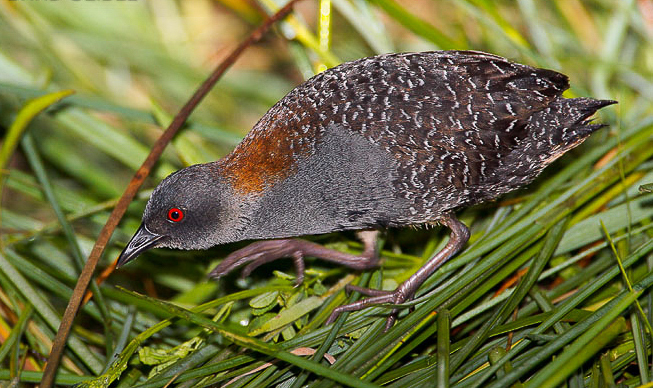
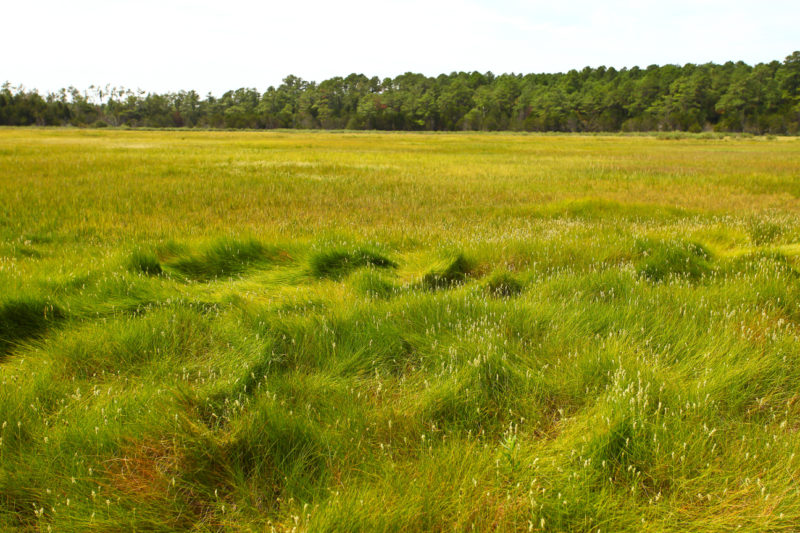
Beginning in 1995, CCB biologists took advantage of every opportunity to educate the broader conservation community about the ongoing decline of the eastern black rail population in an attempt to prioritize the species for conservation attention. Despite a relentless effort, no tangible traction was achieved for the following 15 years. After a Chesapeake Bay-wide survey during 2007 showed a greater than 90% decline across one of the region’s strongholds, CCB established The Eastern Black Rail Conservation and Management Working Group in 2009. Between 2009 and 2015, meetings were held and several presentations were given to regional and national meetings and slowly the momentum began to build.
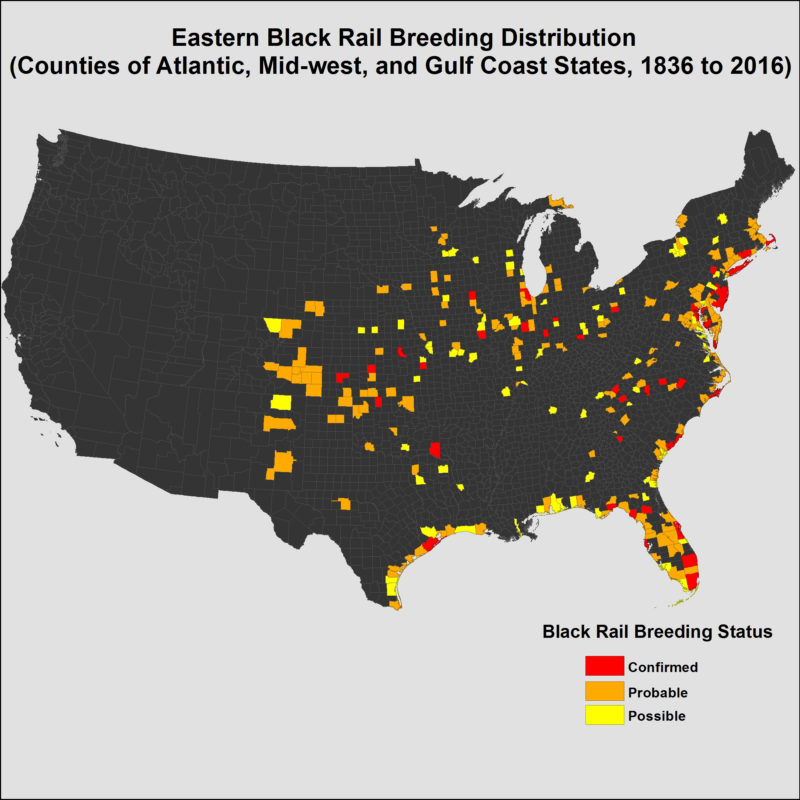
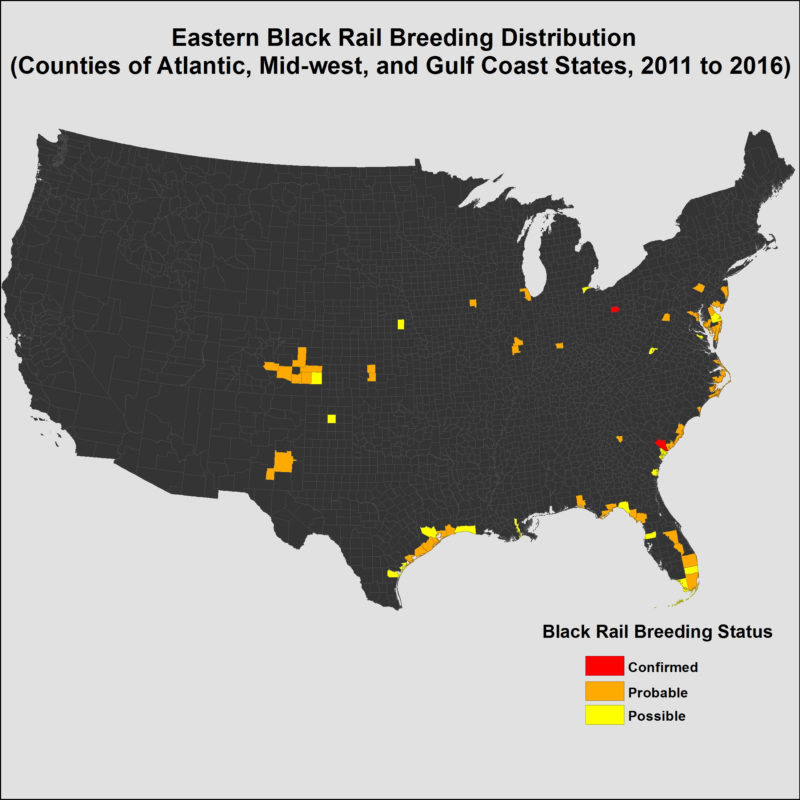
CCB completed a status assessment in 2016 in support of a U.S. Fish and Wildlife Service (USFWS) listing package that demonstrated a catastrophic range contraction along the Atlantic Coast of 450 km (now 800+ km) and an annual rate of decline throughout the northern portion of the range of 9%. In the falls of 2016 and 2019, symposia were held during annual Waterbird Society meetings. In the fall of 2016, the Atlantic Coast Joint Venture (ACJV) of the USFWS adopted the eastern black rail as one of three focal species for the program and assumed responsibility for the working group. Since that time the ACJV has organized and rapidly mobilized a consortium of individuals and organizations on behalf of black rail conservation. The ACJV has convened several in-person meetings to advance conservation efforts and continues to host regular discussions to coordinate activities. It formed a core working group that developed short and long-term population objectives and a business plan (ACJV 2020) that outlines five major implementation strategies designed to achieve objectives.
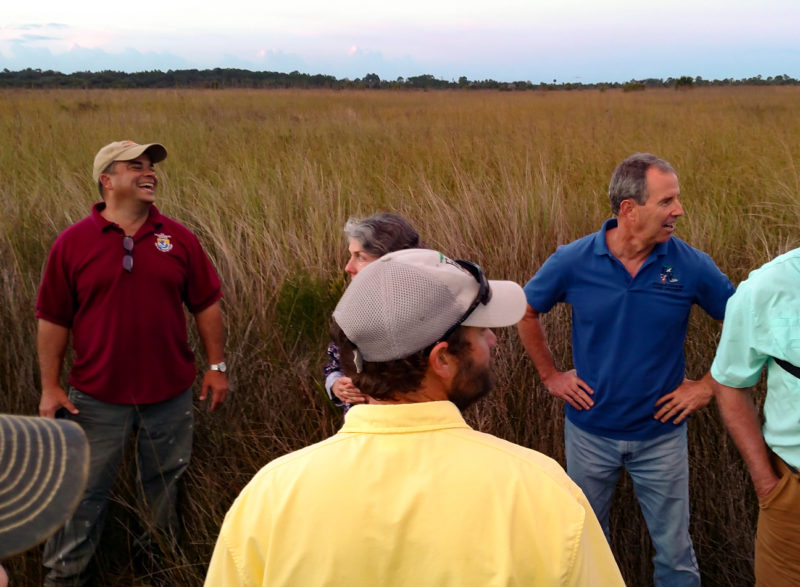
The engagement of government agencies (including all states within the historic coastal range) and conservation organizations since 2016 has been tremendous and inspiring. The working group has expanded from a few individuals and organizations to many dozens. More than 10,000 point counts have been conducted to refine what we know about the current distribution and dozens of research and conservation projects are underway to help guide recovery. The federal listing has already had a dramatic impact on engagement and focus. Although much work will need to be done in the coming decade, this is an exciting time for black rail work filled with constant discovery and an expanding group of scientists and managers committed to making things happen.



